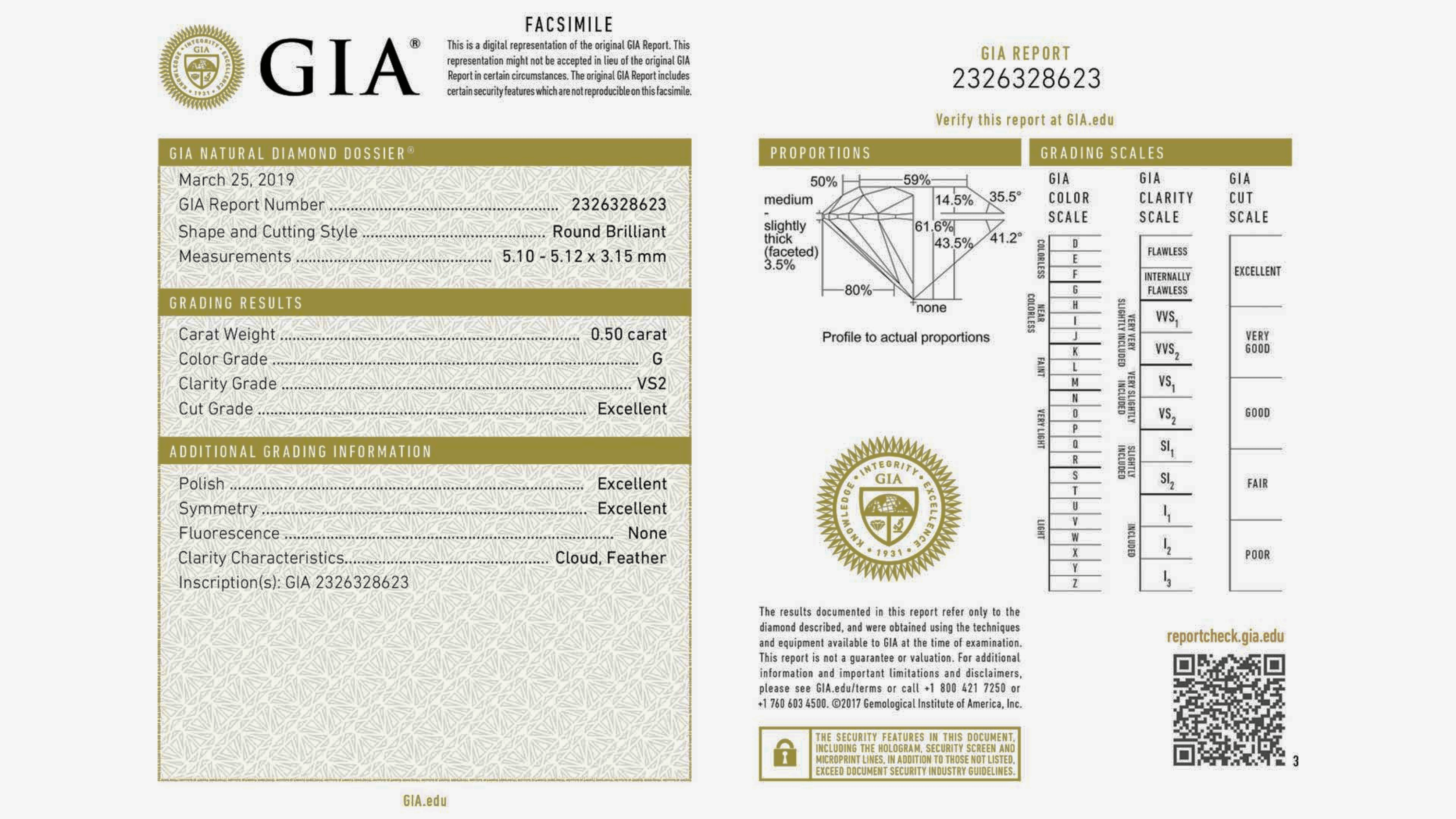



Founded in 1975 and headquartered in Antwerp, the International Gemological Institute (IGI) has a global presence with multiple branches and a gemology school. However, IGI’s widespread reach translates to slightly varying grading criteria among their labs in different countries. While still a major player, IGI’s accuracy is generally considered somewhat lower compared to GIA or AGS. Anticipating one-grade inconsistencies when purchasing IGI-graded diamonds is common. Recognizing the uniqueness of each diamond, a generalized approach is less effective as individual cases require tailored consideration.
As such, a degree of grading inconsistency across all 4Cs is to be expected when it comes to IGI’s grading.


A balanced approach to buying diamonds is recommended, prioritizing the best of all 4Cs and fluorescence in a diamond within a given budget range. While carat weight is important, the quality of the cut should always be prioritized. Color and clarity are also important factors.


A balanced approach implies that instead of buying a 3-carat SI2, J color diamond, buying a well-cut 2-carat diamond with a better clarity and color grade might be a better choice.
Here are four scenarios to consider:
1) buy a diamond in the investment-grade range that is very high in all four Cs;
2) buy a diamond that is high quality but also big. For example, excellent cut GIA graded round diamonds in the 2-carat range, E-G color, VVS/VS clarity, and no fluorescence hold amazing value if bought at the right price;
3) buy a budget option that is still eye-clean such as a diamond with H/I color and SI1 clarity.
4) compromise on color and buy a big diamond with high clarity and a great cut.
In short, no one-size-fits-all approach can be applied to diamonds because they are wonders of nature, each unique with its characteristics.